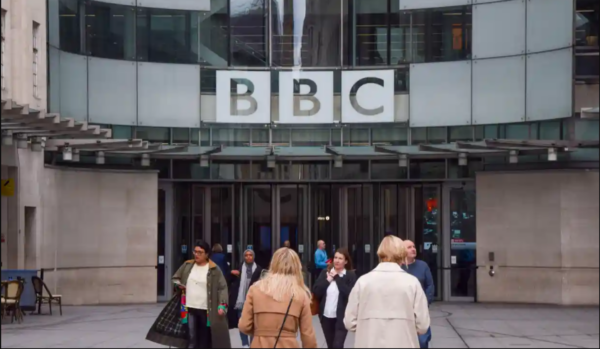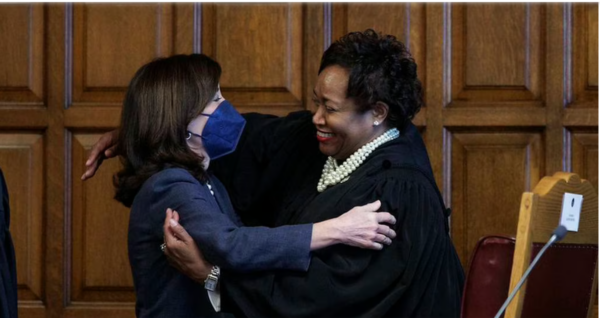Hundreds of billions of dollars have already been spent on the government’s response to the demise of two major banks. Therefore, will average Americans ultimately pay for it in some fashion? And what will be the price?
It might take months before the complete answers are available. The Biden administration has stated that it will cover uninsured deposits at both institutions. The Federal Reserve has established a new lending program for all banks that require funds to cover withdrawals.
Thursday, the Federal Reserve delivered the first indication of the scope of its response. It was reported that banks had borrowed over $300 billion in emergency finance over the last week, with roughly half of that money going to holding companies for the two collapsed banks so that depositors could be paid. The Fed did not specify how many additional banks borrowed money, but stressed that it anticipates repayment.
The objective is to avert a widespread panic in which customers rush to withdraw so much cash that even robust institutions collapse. This scenario would destabilize the whole financial system and put the economy in jeopardy.
The demise of Silicon Valley Bank and Signature Bank is unlikely to have a direct effect on taxpayers. Yet, other banks may be required to contribute to the expense of insuring uninsured deposits. Over time, these banks may pass on rising expenses to their consumers, causing everyone to pay more for services.
Below are some questions and answers on the cost of bank failures.
HOW IS THE RESULT COMPENSATED?
The majority of the cost of insuring all deposits at both banks will likely be reimbursed by the earnings that the Federal Deposit Insurance Corporation obtains from liquidating the two banks, either by selling them to other financial institutions or by auctioning off their assets.
Any additional costs would be covered by the FDIC’s deposit insurance fund, which is generally used to compensate depositors up to $250,000 per account in the case of a bank failure. Participating banks manage the fund by contributing fees.
Both Silicon Valley and Signature banks had a shockingly high proportion of uninsured deposits: 94% of Silicon Valley’s deposits and 90% of Signature’s deposits were uninsured. The average for major banks is around half as high.
If required, the insurance fund will be refilled by a “special assessment” on banks, according to a joint statement from the FDIC, Fed, and Treasury. Although bank consumers may eventually bear the expense of this evaluation, it is unclear how much money would be involved.
Professor of law at Columbia University, Kathryn Judge, stated that significant changes to the financial sector as a result of this occurrence might have a greater impact on consumers and the whole economy.
If all client deposits were seen as legally or informally insured by the government, then regulations would need to be toughened to avoid bank failures or reduce their costs when they do occur. The FDIC may require banks to pay permanently higher fees.
That will necessitate a review of the whole bank regulatory system “Judge remarked. This is far more substantial than the small expenses that other institutions will incur.
WILL TAXPAYERS BE RESPONSIBLE?
President Joseph Biden has emphasized that no tax dollars will be used to address the situation. The White House is keen to prevent the appearance that normal People are “bailing out” the two banks in a manner comparable to the hugely unpopular bailouts of the largest financial institutions during the 2008 financial crisis.
The Treasury, Fed, and FDIC issued a joint statement stating that taxpayers will not bear any losses linked with the settlement of Silicon Valley Bank.
Thursday, Secretary of the Treasury Janet Yellen maintained her position in the face of intense questioning from Republicans.
The Fed’s scheme to assist banks in paying depositors is backed by $25 billion in government cash to cover potential loan losses. But, the Fed believes it is unlikely that the funds would be required because the loans will be collateralized by Treasury bonds and other secure instruments.
Even if taxpayers are not directly on the hook, some economists believe bank consumers will still benefit from government assistance.
Anil Kashyap, an economics professor at the University of Chicago, stated, “Saying that the public would pay nothing misses the fact that providing insurance to someone who has not paid for insurance is a gift.” And that is roughly what transpired.
IS THIS A BAILOUT THEN?
Biden and other Washington Democrats disagree that their efforts constitute a bailout in any way.
“It’s not a bailout like in 2008,” Connecticut Democrat Sen. Richard Blumenthal said this week when introducing measures to tighten bank regulation. “It is, in essence, insurance for depositors and a precaution against a nationwide run on other banks.”
Biden has emphasized that bank managers would be terminated and investors will not be safeguarded. Each institution will cease to exist. During the financial crisis of 2008, certain financial organizations that received government help, such as the insurer AIG, were saved from bankruptcy.
But, according to some economists, the Silicon Valley Bank depositors, who included affluent venture capitalists and tech entrepreneurs, continue to get government assistance.
Why is it rational under capitalism for someone to accept a risk and then be shielded from that risk when it occurs? Professor of finance at the University of Chicago and former head of India’s central bank Raghuram Rajan was questioned. “It’s probably helpful in the short term since it prevents widespread panic…. Nevertheless, it’s detrimental for the system in the long run.”
Several Republicans on Capitol Hill say that the expense will be borne in part by community banks and their clients.
Banks in rural Oklahoma “are going to pay a special charge to bail out millionaires in San Francisco, Oklahoma Republican Sen. James Lankford stated on the Senate floor.



